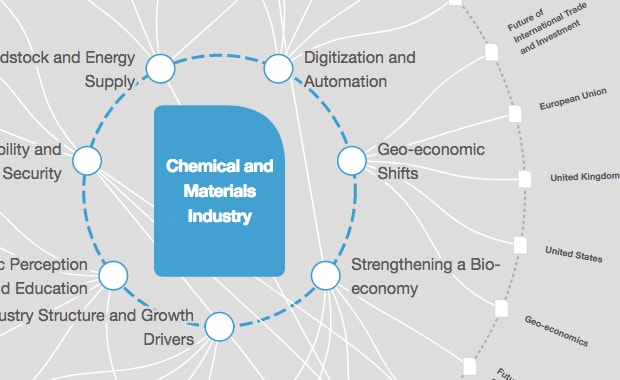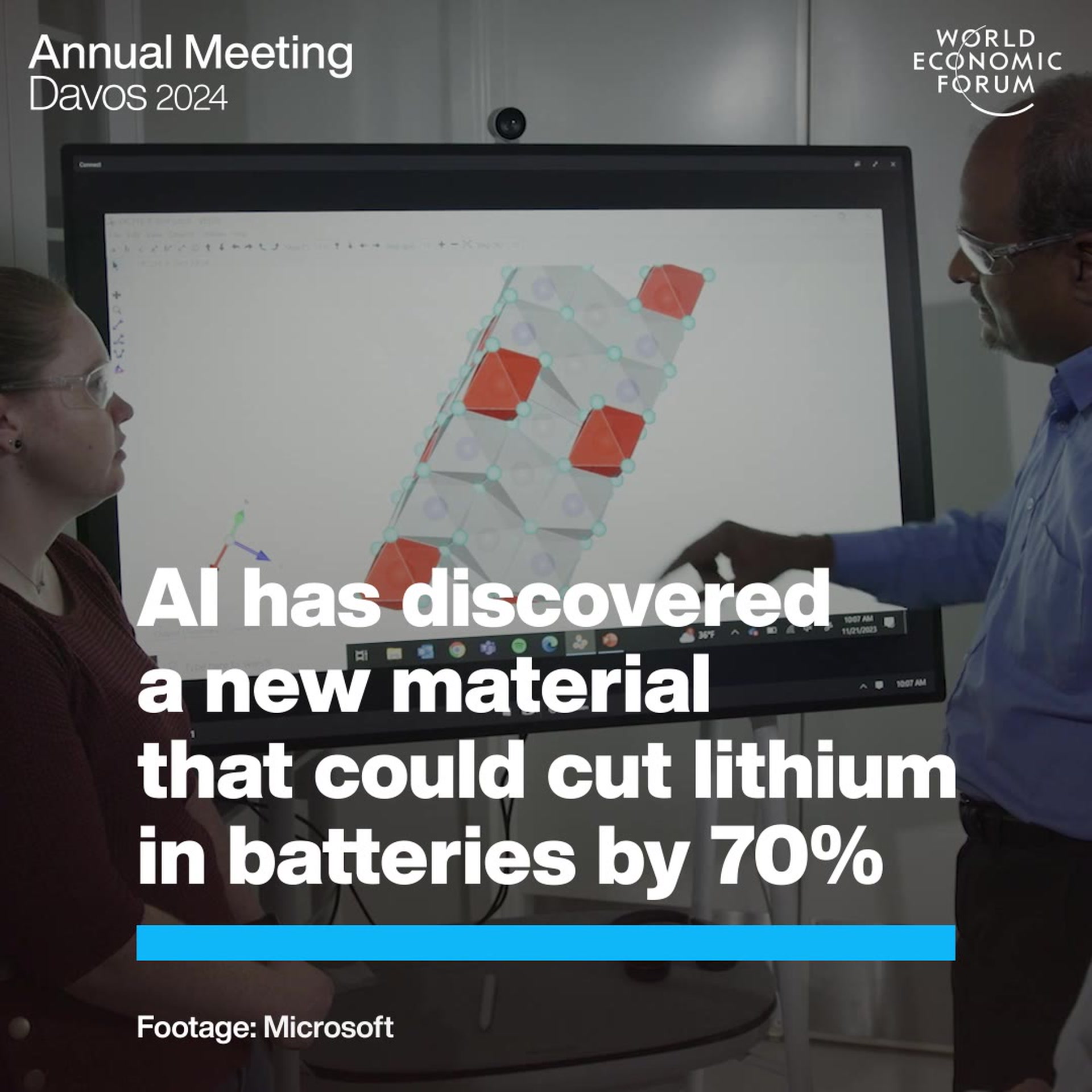Could this solar solution make storing nuclear waste safer?

Image: A general view shows the PS10 solar plant at "Solucar" solar park in Sanlucar la Mayor, near Seville. REUTERS/Marcelo del Pozo

Get involved with our crowdsourced digital platform to deliver impact at scale
Stay up to date:
Chemical and Advanced Materials
By adapting a technology originally developed for solar energy, scientists have figured out how to selectively remove one of the trickiest and most-difficult-to-remove elements in nuclear waste pools. The advance makes the storage of nuclear waste safer and nontoxic—and solves a decades-old problem.
The work, published in Science, not only opens the door to expand the use of one of the most efficient energy sources on the planet, but also adds a key step in completing the nuclear fuel cycle—an advance that, along with wind and solar, could help cleanly power the world’s future energy needs.
“In order to solve the nuclear waste problem, you have to solve the americium problem,” says Tom Meyer, professor of chemistry at the University of North Carolina at Chapel Hill.
Americium doesn’t have the same name recognition as a plutonium and uranium, but researchers have been trying to remove it from nuclear waste for decades. Several groups initially succeeded, only to be met with several subsequent problems down the line, rendering the solution unfeasible.
But, researchers have now found a way to remove the radioactive element without encountering downstream problems that have hindered progress.
The technology is closely related to the one used at the UNC Energy Frontier Research Center of Solar Fuels to tear electrons from water molecules. In the americium project, researchers adapted the technology to tear electrons from americium, which requires twice as much energy input as splitting water. By removing those three electrons, americium behaves like plutonium and uranium, which is then easy to remove with existing technology.
Nuclear fuel is initially used as small solid pellets loaded into long, thin rods, says Chris Dares. To reprocess them, the used fuel is first dissolved in acid and the plutonium and uranium separated. In the process, americium will either be separated with plutonium and uranium or removed in a second step.
The researchers worked closely with Idaho National Laboratory (INL), which provided support and technical guidance on working with nuclear materials. Most of the experiments were carried out in the laboratories at Idaho, which provided a safe area to work with radioactive material. At present, INL and UNC-Chapel Hill are in discussion about extending the research and to possible scale up of the technology.
“With INL working with us, we have a strong foundation for scaling up this technology,” Dares says. “With a scaled up solution, not only will we no longer have to think about the dangers of storing radioactive waste long-term, but we will have a viable solution to close the nuclear fuel cycle and contribute to solving the world’s energy needs. That’s exciting.”
Don't miss any update on this topic
Create a free account and access your personalized content collection with our latest publications and analyses.
License and Republishing
World Economic Forum articles may be republished in accordance with the Creative Commons Attribution-NonCommercial-NoDerivatives 4.0 International Public License, and in accordance with our Terms of Use.
The views expressed in this article are those of the author alone and not the World Economic Forum.
The Agenda Weekly
A weekly update of the most important issues driving the global agenda
You can unsubscribe at any time using the link in our emails. For more details, review our privacy policy.
More on Chemical and Advanced MaterialsSee all
Kate Whiting and Simon Torkington
February 22, 2024
Adam Rothman, Charlie Tan and Jorgen Sandstrom
January 30, 2024
Jemilah Mahmood, Douglas McCauley and Mauricio Cárdenas
January 15, 2024
Ronald Haddock
January 4, 2024
Lee Jongku and Rafael Cayuela
January 4, 2024






